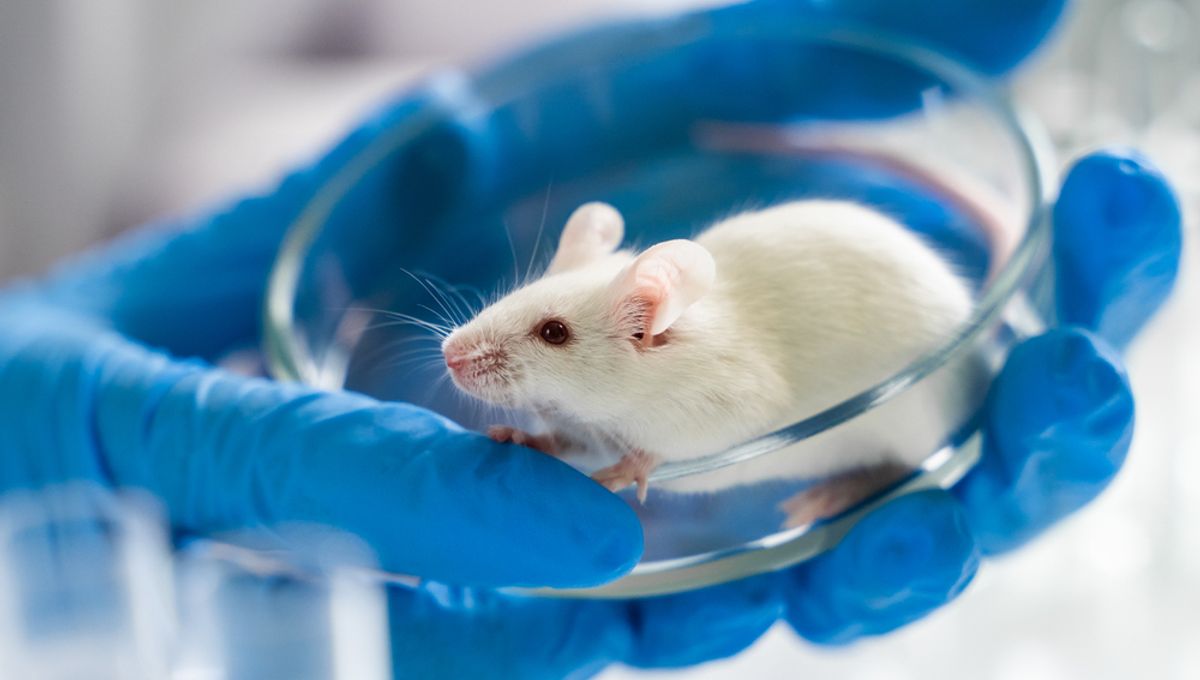
Researchers have created a new scanning method that turns dead mice “transparent”, allowing unprecedented detail when looking at internal organs and tissues. The method uses fluorescent markers and scanning to create a truly bizarre sight, and could be used to significantly improve cancer drug development.
Mouse models are a controversial yet integral part of how we discover drugs. Creating a molecule that destroys cancer, for example, is easier in a petri dish but place it in a human and it will often do nothing – or it could do far too much and cause serious harm. As a result, scientists use animal models to test drugs before they reach human trials, and this is often where dangerous drugs are filtered out of development.
While there are modern techniques that are reducing reliance on animal models, they are still the most common method of developing drugs, and improving how well they work is crucial for making drug discovery more efficient.
Now, a team of scientists from Helmholtz Munich, the LMU University Hospital, and the Ludwig-Maximilians Universität München (LMU) have announced the development of wildDISCO, the innovative new scanning technique that hopes to make mouse models even more useful. Current methods of using mouse models involve genetically modified mice (extremely time-consuming to create) or markers that travel to a site of interest to look inside their bodies, but they are far from perfect.
WildDISCO is a radical new approach that makes use of existing technologies but in a completely different way. First, the scientists use a cocktail of chemicals to remove fat and pigment from the mouse tissues, making them look like a biological glass. Next, the team essentially floods the body with standard antibodies that have a fluorescent tag, which are picked up by scanners and stitched together into a three-dimensional map. In doing so, they can create an image of the body with an incredible resolution, which may have a resounding impact on how we diagnose and treat cancer.
Current cancer imaging technologies (MRI and PET) are fine at picking up large tumors, but when there are much smaller tumors, they can often go unnoticed. This is thought to be why cancer has such a high chance of recurrence – the big clumps of cancer cells are removed, but there are still smaller pockets waiting to develop again. It is like trying to remove a weed by chopping the leaves off but leaving the roots, creating a constant cycle of treatment.
WildDISCO hopes to put an end to this as the incredible resolution could identify tiny groupings of cancer cells that would not usually be spotted, allowing scientists to improve drug specificity and understand how cancer spreads.
For now, though, it is only usable in dead mice, so it might not have resounding impacts on humans just yet. However, it is already helping make detailed maps of mouse body systems, and the researchers hope the tech can be built on to further improve scanning techniques.
The research is published in Nature Biotechnology.
Source Link: Transparent Mice: New Techniques Turn Mice See-Through To Revolutionize Cancer Therapy